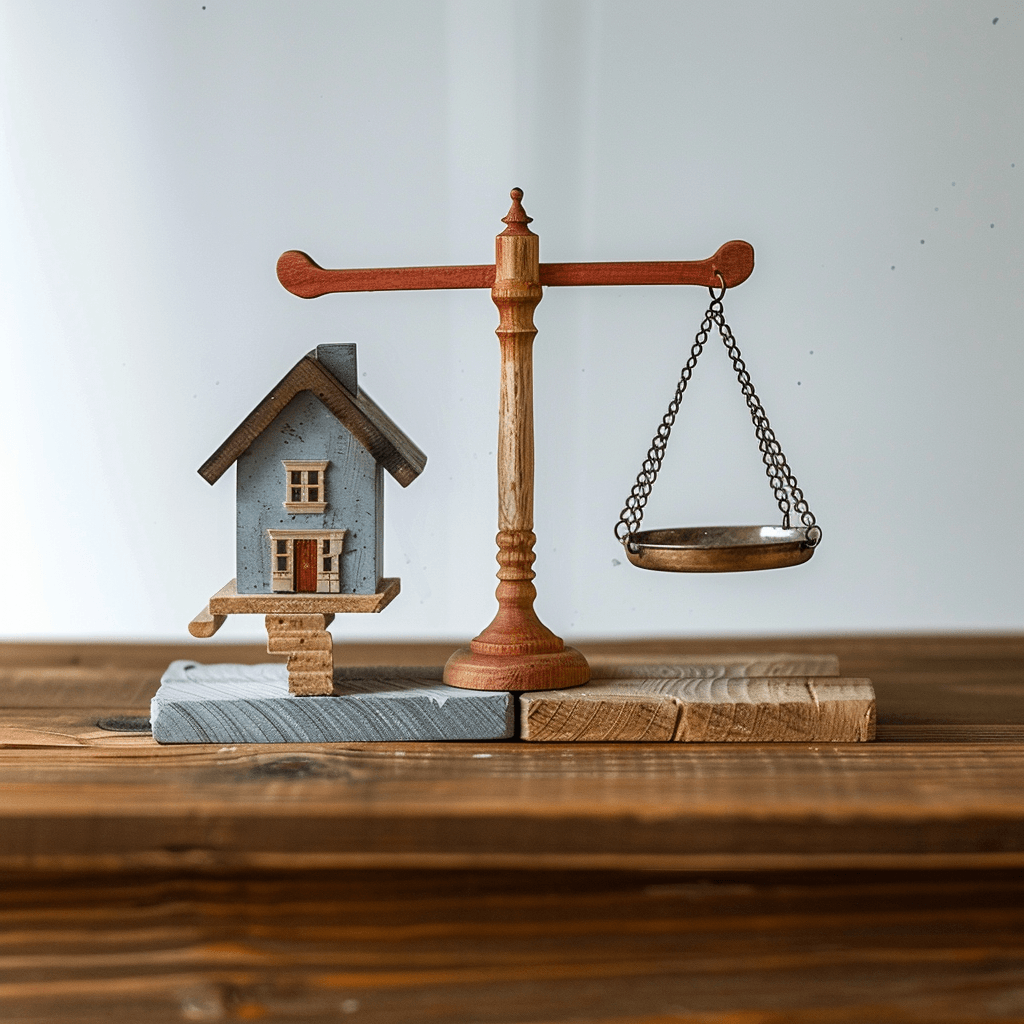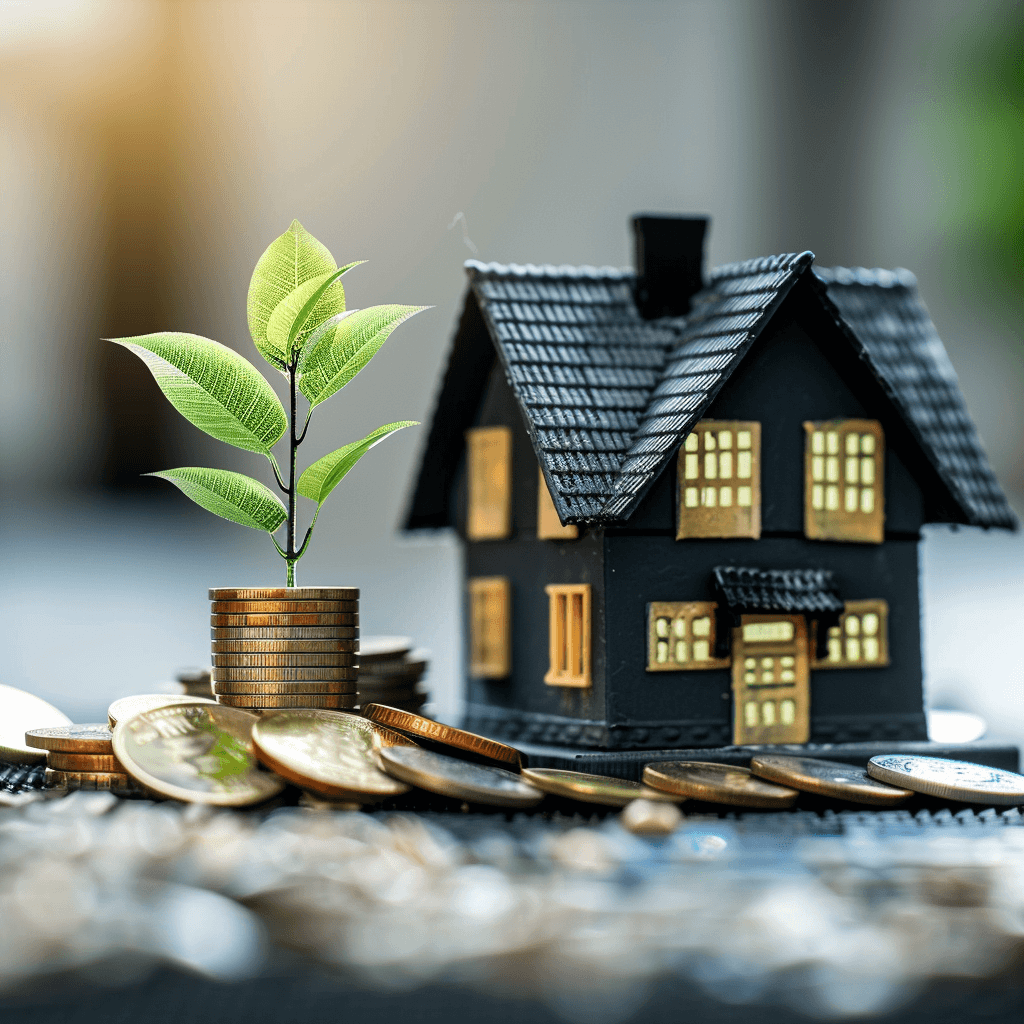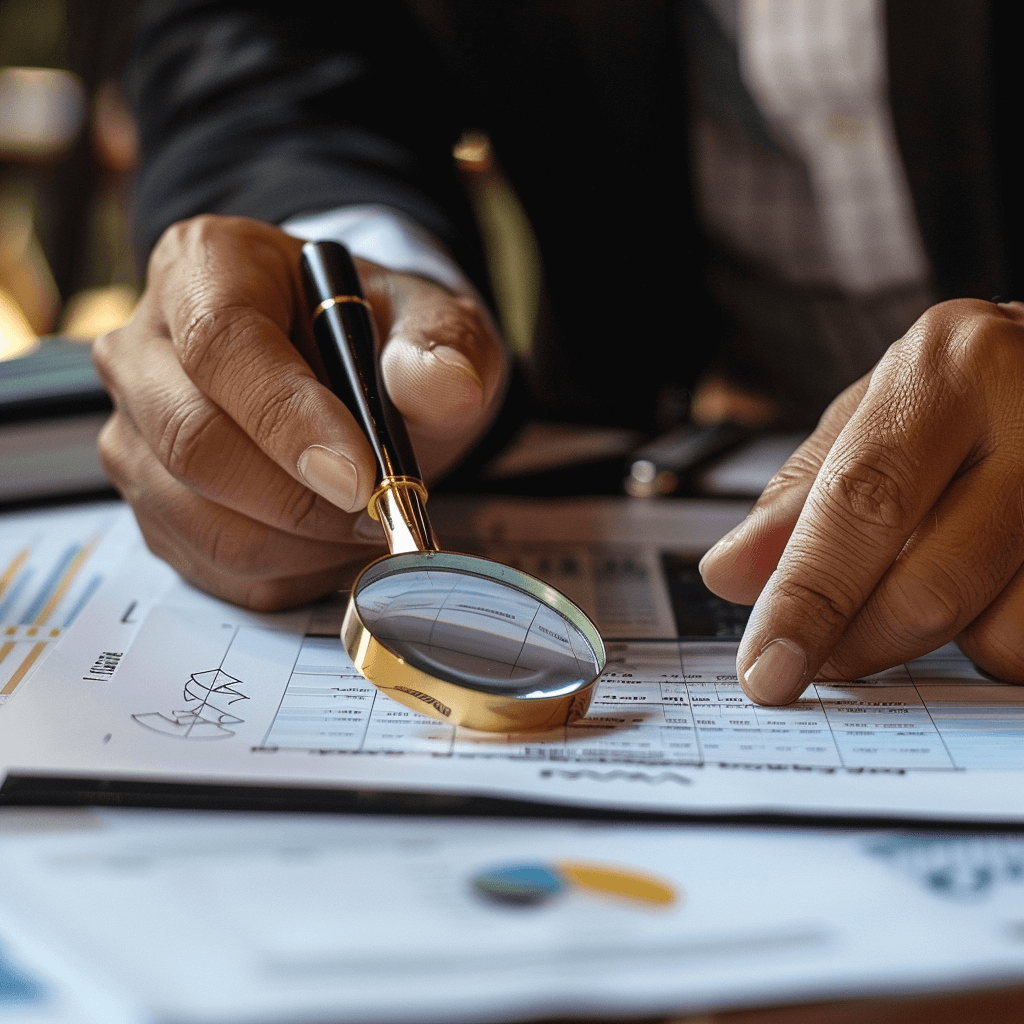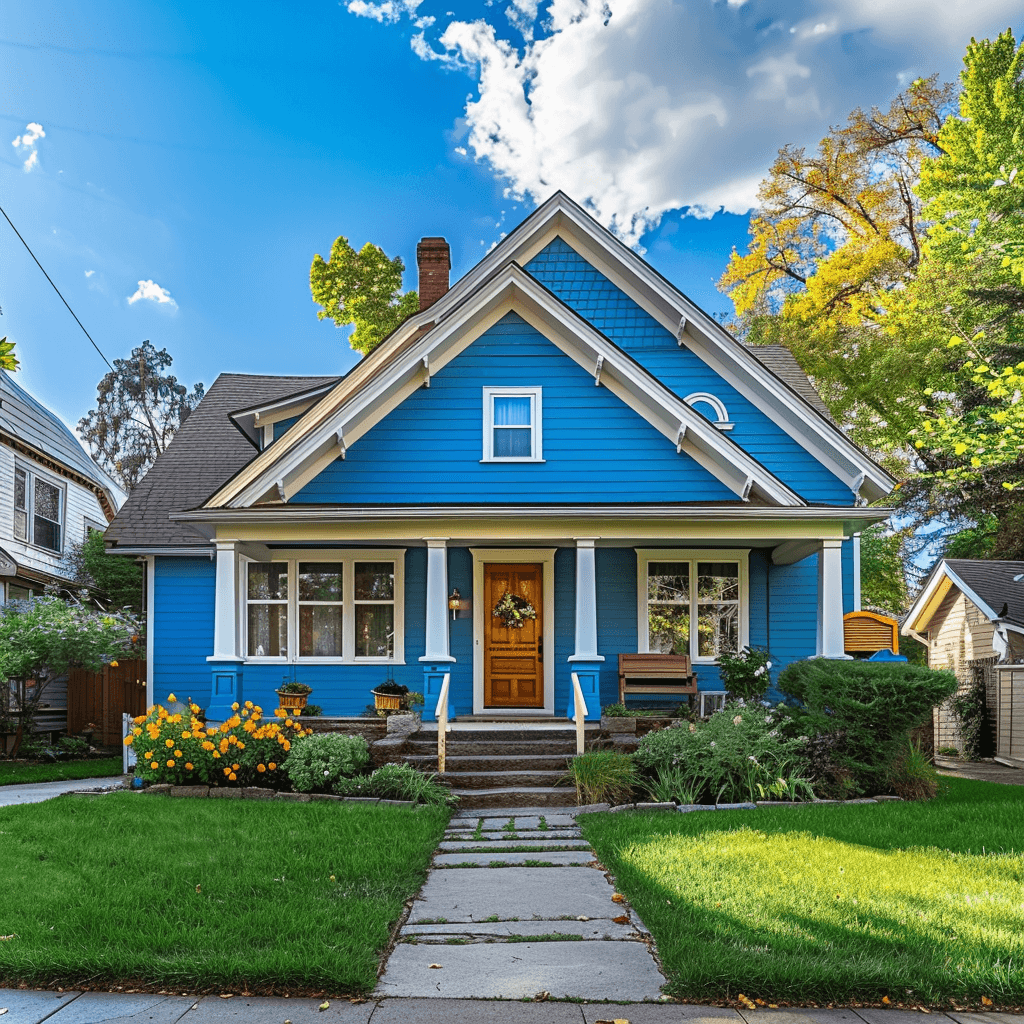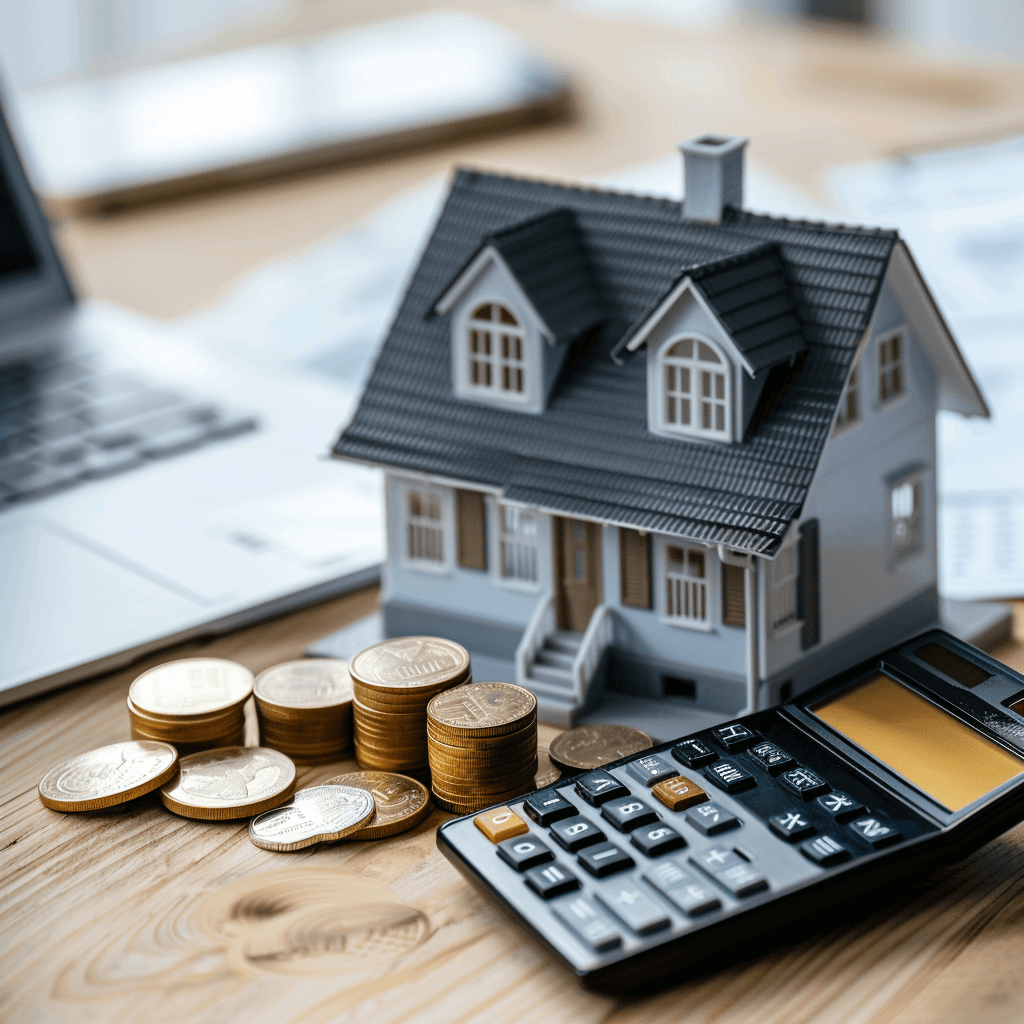Studying for an exam, training for a marathon, learning a language; nothing in life worth doing is easy, and this also rings true for buying an investment property. Choosing an investment property isn’t easy, but it’s one of the most rewarding and life-changing decisions you can make, provided you’re on the right track.
So, how do we succeed when looking at an investment property which meets our investment goals?
Here, Australia’s leading property investment team at Patrick Leo explains how to choose the right type of investment property for your goal.
Different investment property goals
The ‘right’ property for you really depends on your goal. Some of the most common goals in property investing include:
- Capital gains - Investing in a property which will greatly increase in value over time, giving you capital gains.
- High yield - Investing in a property which gives you a high return in rent.
- Value-adding - Investing in a property to which you can add value through renovation and modification.
- Flipping - Buying a property which can quickly be renovated and sold for a higher price than what you paid for it.
In this post, we’ll discuss factors that benefit each of these investment goals, apart from flipping because that’s its own separate ballgame and isn’t a conventional investing method.
Location, location
No matter your goal in property investment, location is always a key factor in choosing the right property. Suburbs with multiple drivers of capital growth, street appeal, access to public transport, and a walking distance to lifestyle amenities like shops and cafes – these are all indicators of a good location for investment property.
Property type
The right property type is more dependent on your individual goal. Are you going for a low-cost, high-yield property to ensure great returns? Units typically have higher yields than houses. Or are you looking for options to value-add through renovation and extension? Houses and commercial properties are far better options for value-adding than units.
Land-to-asset ratio
For many investors looking for capital gains and value-adding opportunities, land-to-asset ratio is a key consideration. If a property price is $1mil but the land itself is worth $500,000, the land-to-asset ratio is 50%. Generally, a good land-to-asset ratio is anything above 50%, the higher the better. This is because land appreciates over time, while dwellings depreciate, meaning a property with higher land value is geared for higher value increase.
Patrick Leo are Australia’s top-performing team in property investment strategy. Whether you’re interested in residential or commercial, Patrick Leo is your specialist team for buying great property. Our goal is simple: to get to know our buyers and pair them with high-quality properties that are aligned with their financial objectives. We work to increase your wealth, independence and happiness. Get in touch with the experts at Patrick Leo today.



